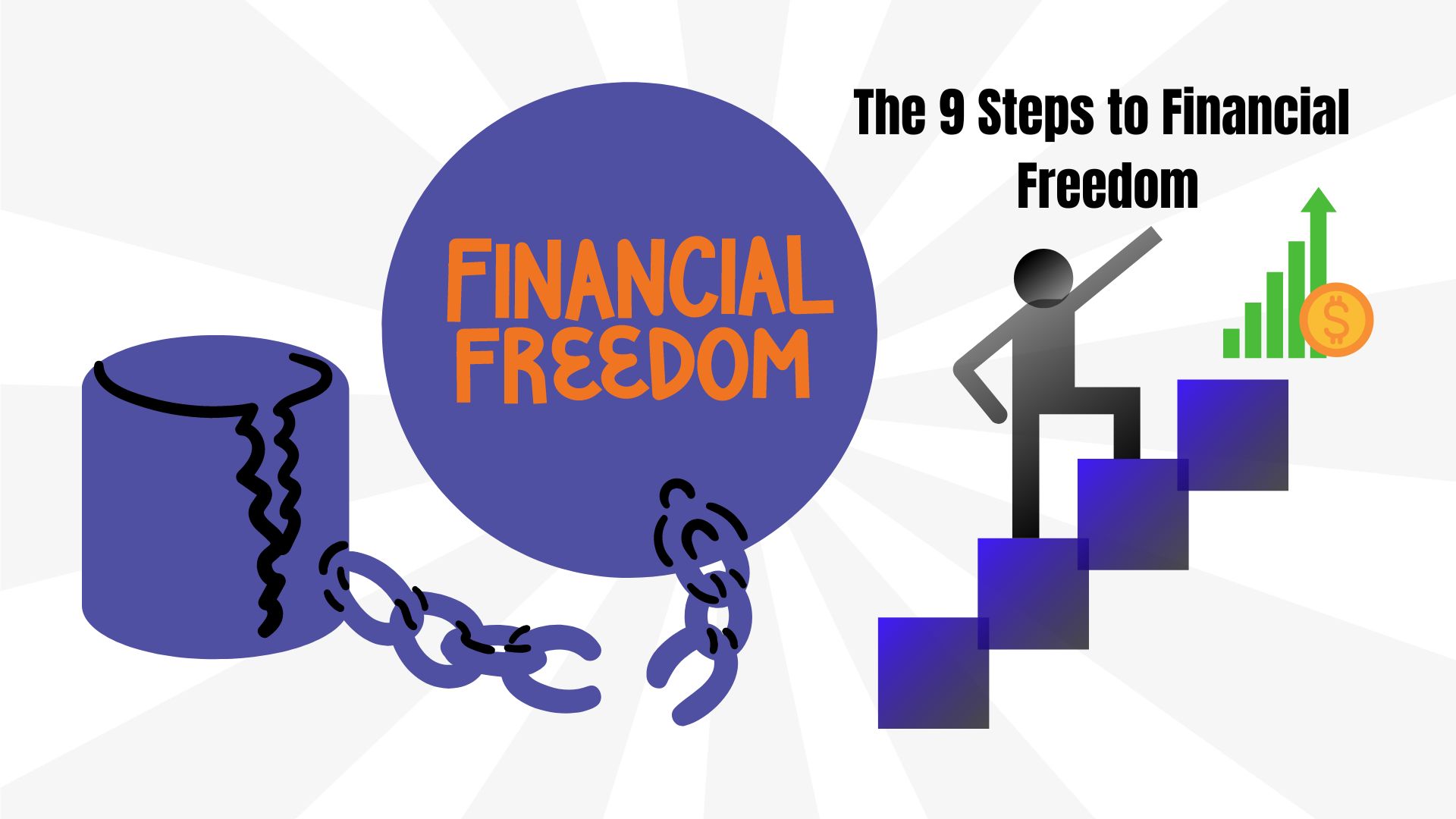The 9 Steps to Financial Freedom: Achieving financial freedom is a goal that resonates with many people. Financial independence not only brings peace of mind but also the ability to make choices that aren’t constrained by monetary concerns.
Whether you’re looking to retire early, travel the world, or simply live without financial stress, reaching this goal requires discipline and a well-thought-out plan. Here, we outline the 9 Steps to Financial Freedom that can guide you toward financial journey.
Best 9 Steps to Financial Freedom
Here is the 9 Steps to Financial Freedom:-
1. Assess Your Financial Situation

In the 9 Steps to Financial Freedom, here is the first step to financial freedom is understanding where you currently stand. Create a clear picture of your financial status by listing all your assets, liabilities, income, and expenses.
Knowing exactly how much you owe and own will help you develop a plan to move forward.
Key actions:
- List your debts, including mortgages, car loans, credit card balances, and student loans.
- Document your assets, such as savings, investments, property, and other valuables.
- Track your monthly income and expenses to identify spending patterns.
Once you have a full financial snapshot, you can start setting realistic goals for improvement.
2. Set Financial Goals

As we talk about the second step from the 9 Steps to Financial Freedom is Having well-defined goals is essential for achieving financial freedom. These goals will guide your efforts and help you stay motivated. Start by dividing your goals into short-term (within a year), medium-term (1–5 years), and long-term (5+ years).
Examples of goals:
- Short-term: Pay off credit card debt, and build a $1,000 emergency fund.
- Medium-term: Save for a down payment on a house, and invest in retirement accounts.
- Long-term: Achieve full retirement savings, and pay off your mortgage early.
Make sure your goals are SMART—specific, measurable, achievable, relevant, and time-bound.
3. Build an Emergency Fund
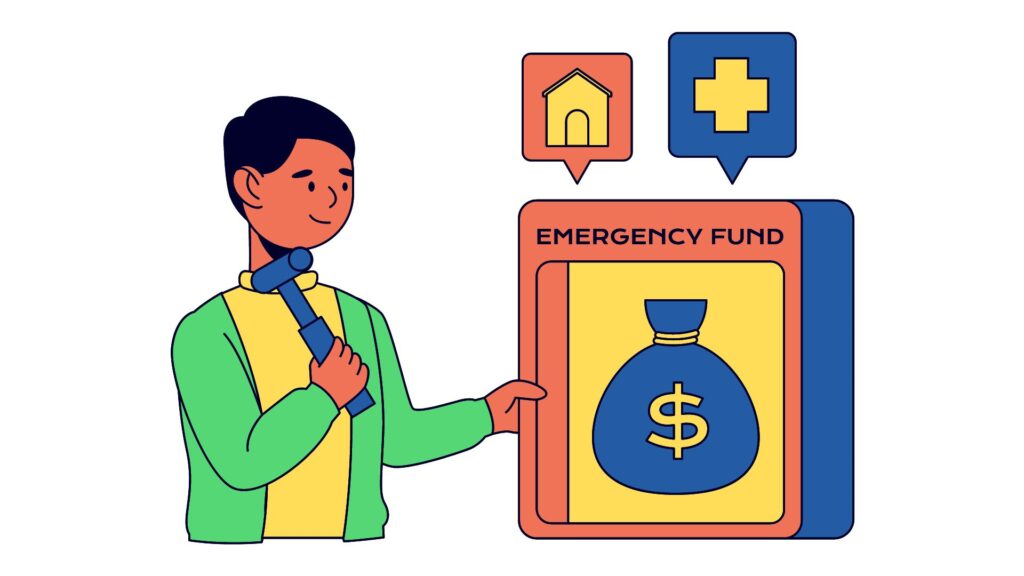
Unexpected expenses can easily derail your financial progress, so it’s crucial to build a safety net. An emergency fund should cover 3 to 6 months of living expenses, allowing you to weather any financial storms such as job loss, medical emergencies, or major home repairs.
How to start:
- Begin by saving a small amount each month.
- Prioritize this fund before making large investments or purchases.
- Keep your emergency fund in a high-yield savings account for easy access.
This cushion will give you peace of mind and prevent you from going into debt when faced with unplanned expenses.
4. Pay Off Debt Strategically
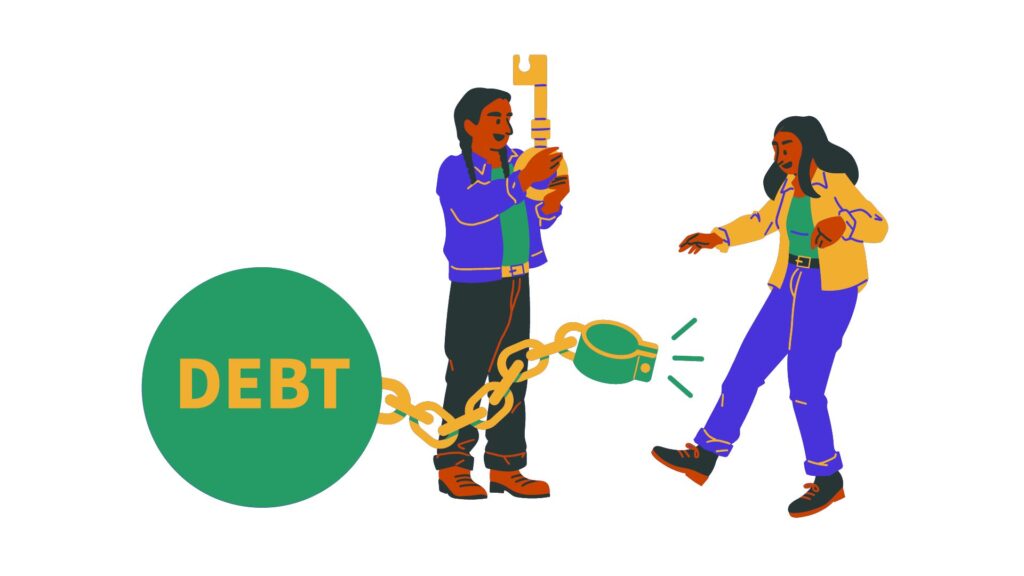
Debt is often one of the largest obstacles to financial freedom. It’s important to create a strategy for eliminating debt systematically. And this is the fourth step from the 9 Steps to Financial Freedom. I hope you enjoy it!
Debt payoff strategies:
- Avalanche method: Focus on paying off the debt with the highest interest rate first while making minimum payments on the others. This method saves you money on interest in the long run.
- Snowball method: Pay off the smallest debt first to gain quick momentum and motivation, then move on to larger debts.
Whichever method you choose, staying consistent and disciplined is key. Reducing your debt will free up your income for more productive uses.
5. Live Below Your Means

Living below your means is a critical part of achieving financial freedom. This involves being mindful of your spending and ensuring that your lifestyle aligns with your financial goals.
Practical tips:
- Avoid lifestyle inflation: As your income increases, resist the temptation to upgrade your lifestyle immediately.
- Create and stick to a budget: A budget helps you track your expenses and ensures you’re spending less than you earn.
- Cut unnecessary expenses: Reevaluate subscriptions, dining out, and impulse purchases.
By controlling your spending, you’ll be able to save and invest more, accelerating your path to financial independence.
6. Invest for the Future
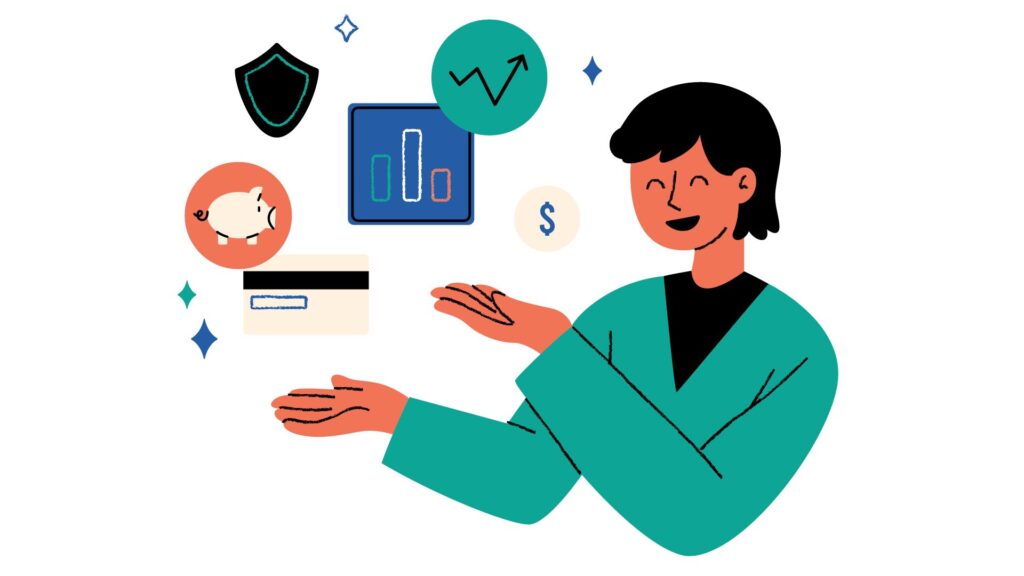
As we talk about the sixth step from the 9 Steps to Financial Freedom: Investing is a powerful way to grow your wealth over time. The earlier you start investing, the more you can benefit from the power of compound interest.
Key investment options:
- Retirement accounts: Contribute to tax-advantaged retirement accounts like a 401(k) or IRA.
- Stock market: Consider investing in a diversified portfolio of stocks, bonds, and mutual funds.
- Real estate: Real estate can be a good long-term investment if you’re prepared for the responsibilities that come with property ownership.
Consult a financial advisor if you’re unsure about how to structure your investments.
7. Diversify Your Income Streams
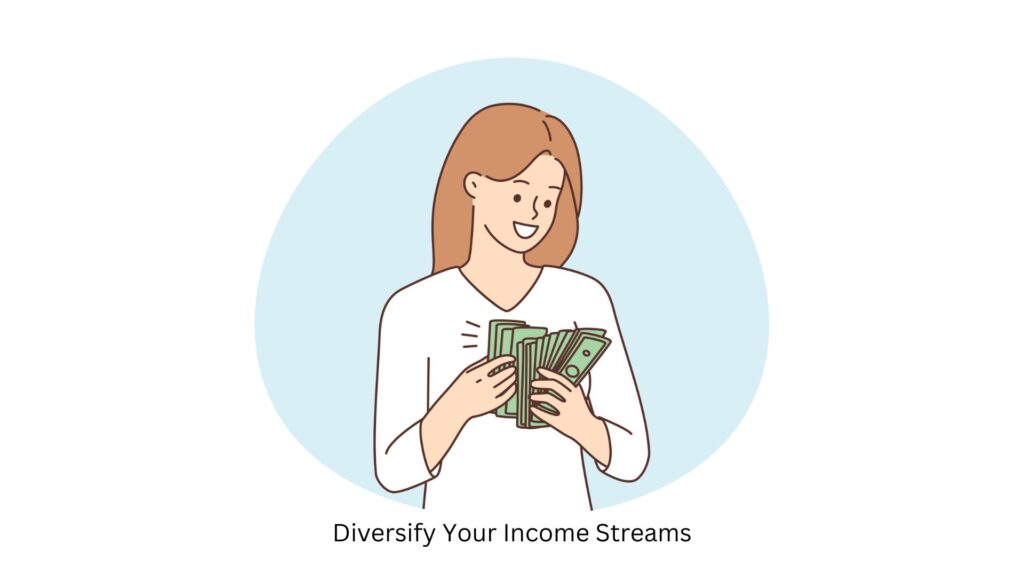
Relying solely on one source of income can leave you vulnerable to financial instability. Diversifying your income can create multiple streams of revenue, which will protect you during economic downturns or job loss.
Ways to diversify your income:
- Start a side business or freelance work.
- Invest in rental properties.
- Develop passive income streams through dividends, interest, or royalties.
The goal is to build enough streams of income that, even if one dries up, you’ll still have others to rely on.
8. Continuously Educate Yourself
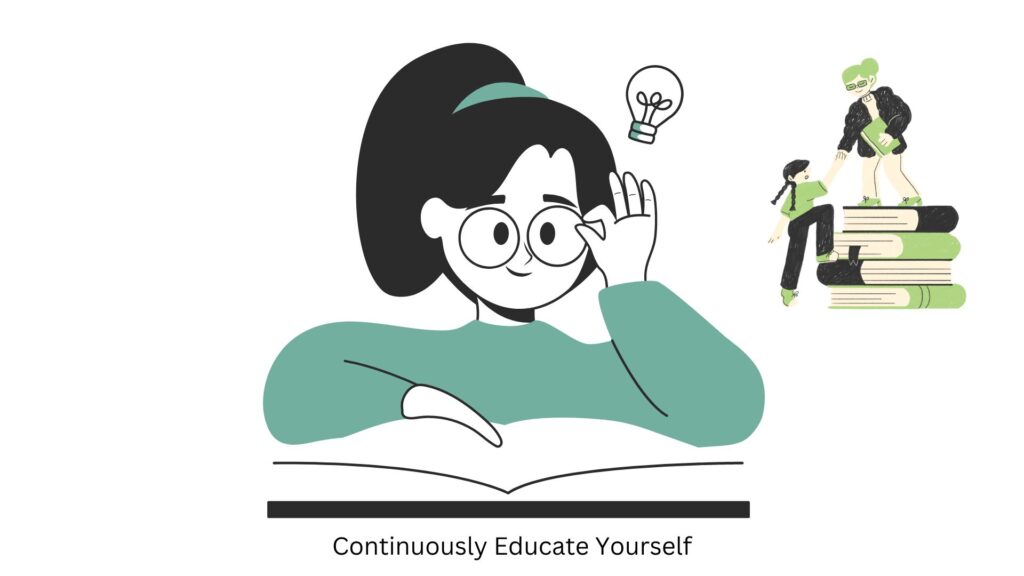
Financial literacy is essential to achieving and maintaining financial freedom. By improving your understanding of personal finance, investing, and money management, you’ll make better decisions and avoid costly mistakes.
Ways to educate yourself:
- Read personal finance books and blogs.
- Listen to finance podcasts.
- Attend workshops or webinars on money management and investing.
The more you learn, the more confident and informed you’ll become when making financial decisions.
9. Plan for Retirement

This is the last step from the 9 Steps to Financial Freedom: Friends achieving financial freedom often means having enough savings and investments to live comfortably during retirement without relying on active income. To ensure a secure retirement, it’s important to plan ahead.
Retirement planning tips:
- Contribute to retirement accounts like a 401(k), IRA, or Roth IRA regularly.
- Estimate your retirement needs based on your current lifestyle and future goals.
- Consider working with a financial planner to develop a detailed retirement strategy.
By starting your retirement planning early, you’ll ensure that you have the financial resources to enjoy your later years without stress.
Conclusion
Achieving financial freedom is a journey that requires discipline, planning, and continuous learning. By following these nine steps, you can take control of your finances, eliminate debt, and build a future that’s not constrained by money concerns.
The key is to start with small, manageable changes and stay committed to your goals. Over time, these steps will help you achieve lasting financial independence.
Friends in this post we have learned about the 9 Steps to Financial Freedom, i hope you enjoy this valuable information and also you like it, if yes then please comment your thoughts and feedback for us. Thank You For Reading !
FAQs: The 9 Steps to Financial Freedom
1. What is Financial Freedom?
Financial freedom means having enough savings, investments, and cash to afford the lifestyle you want, without being dependent on a regular paycheck. It’s the ability to make life decisions without financial constraints.
2. How can I start my journey to financial freedom?
Begin by assessing your current financial situation. Create a budget, reduce unnecessary spending, build an emergency fund, and start paying off debts. Set clear financial goals and invest wisely for the future.
3. Why is having an emergency fund important?
An emergency fund helps you cover unexpected expenses like medical emergencies, car repairs, or job loss without going into debt. It provides a financial cushion to weather tough situations.
4. How can I pay off debt faster?
Use strategies like the Avalanche method (paying off high-interest debts first) or the Snowball method (paying off smaller debts first). These methods can help you reduce debt faster while saving on interest.
5. What is the best way to invest for financial freedom?
Invest in a diversified portfolio that may include stocks, bonds, real estate, and retirement accounts. Start early to take advantage of compound interest and consider working with a financial advisor for personalized advice.
6. Can financial freedom be achieved on a small income?
Yes, financial freedom can be achieved on any income level. It’s about smart money management, living below your means, saving consistently, and making informed financial decisions.
7. What does it mean to diversify income streams?
Diversifying income means having more than one source of income, such as from a job, side business, investments, or rental property. This provides financial stability and reduces dependency on a single income source.

